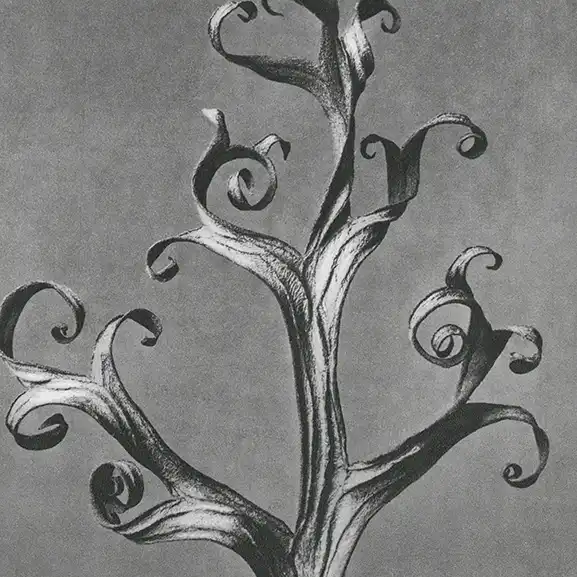服务模式 Service mode

单品设计
聚焦单一产品的全流程创意开发,从功能定义到外观造型深度定制,以精准的用户需求洞察与细节打磨,打造兼具实用性与差异化的独立设计作品。
Single product design
Focusing on the full process creative development of a single product, from functional definition to deep customization of appearance, with precise user needs insight and detail polishing, to create independent design works that are both practical and differentiated.

系列化组合设计
围绕品牌或场景构建产品矩阵,通过统一的设计语言、风格逻辑或技术标准串联多件产品,实现视觉识别、功能协同或场景化体验的系统性输出。
Series combination design
Build a product matrix around the brand or scene, connect multiple products through a unified design language, style logic, or technical standards, and achieve systematic output of visual recognition, functional collaboration, or scene based experience.

项目合作分成设计
与客户达成深度绑定,以设计入股或收益分成模式参与项目,从前期研发到落地量产全程介入,共享创新成果,共担市场风险,聚焦长期价值共生。
Share revenue design
Deep binding with clients, participating in projects through design investment or profit sharing models, fully involved from early research and development to mass production, sharing innovative achievements, sharing market risks, and focusing on long-term value symbiosis.
一、单品设计模式
核心逻辑:聚焦单一产品的深度定制
- 服务对象:需要独立产品突破市场的企业 / 创业者
- 核心价值:以细节打磨打造 “爆款基因”,单点突破用户痛点
- 优势:精准定位、快速落地、成本可控
二、系列化组合设计模式
核心逻辑:构建产品矩阵的系统性设计
- 服务对象:注重品牌识别或场景化体验的品牌方
- 核心价值:通过统一设计语言(色彩 / 材质 / 交互逻辑)实现 “1+N>N” 的协同效应
- 优势:强化品牌辨识度、提升用户场景粘性、降低供应链成本
三、项目合作分成设计模式
核心逻辑:设计驱动的价值共生模式
- 服务对象:创新型初创公司或长期研发项目
- 核心价值:从 “一次性服务” 升级为 “风险共担、利益共享”,深度参与产品全生命周期
- 优势:绑定长期目标、激发设计落地可行性、共享市场红利
对比示意图
| 维度 | 单品设计 | 系列化组合设计 | 项目合作分成设计 |
|---|---|---|---|
| 目标导向 | 打造独立爆款 | 构建品牌产品生态 | 长期价值共生 |
| 合作深度 | 单次项目制 | 多产品协同开发 | 从研发到量产全程绑定 |
| 收益模式 | 固定设计费 | 多产品打包收费 | 设计入股 + 分成 |
| 核心能力 | 单点突破与细节打磨 | 体系化设计语言把控 | 商业敏感度与资源整合 |
一、Single product design pattern
Core logic: Focus on deep customization of a single product
- Service target: Enterprises/entrepreneurs who need independent products to break through the market
- Core value: Creating a “viral gene” through meticulous attention to detail, breaking through user pain points with a single point
- Advantages: precise positioning, fast landing, controllable cost
二、Series combination design pattern
Core Logic: Systematic Design for Building Product Matrix
- Service target: Brand owners who focus on brand recognition or scenario based experience
- Core value: Achieving a synergistic effect of “1+N>N” through a unified design language (color/material/interactive logic)
- Advantages: Strengthen brand recognition, enhance user scenario stickiness, and reduce supply chain costs
三、Project cooperation divided into design patterns
Core logic: Design driven value symbiosis model
- Service target: Innovative start-up companies or long-term research and development projects
- Core value: Upgrade from “one-time service” to “risk sharing and benefit sharing”, deeply participate in the entire product lifecycle
- Advantages: Binding long-term goals, stimulating the feasibility of design implementation, and sharing market dividends
Comparison diagram
| Dimension | Single product design | Series combination design | Share revenue design |
|---|---|---|---|
| goal oriented | Create independent bestsellers | Building a brand product ecosystem | Long term value symbiosis |
| Depth of cooperation | Single project system | Collaborative development of multiple products | Full process binding from research and development to mass production |
| Revenue model | Fixed design fee | Multi product packaging fee | Design investment+share sharing |
| Core competencies | Single point breakthrough and detail polishing | Systematic design language control | Business sensitivity and resource integration |









